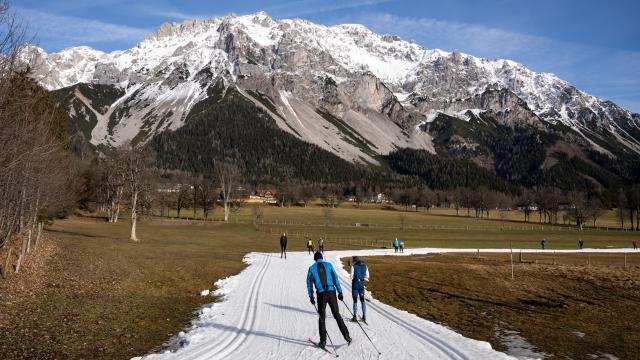Ski areas across Europe are being forced to close or work overtime to create artificial snow as record-breaking temperatures sweep across the continent this winter.
The first few days of 2023 have seen temperatures soar as high as 19 degrees Celsius in the Czech Republic and 25 degrees Celsius in northern Spain. In total, eight countries have already seen their warmest January day on record, less than a week into the new year.
Slopes Closed Across France
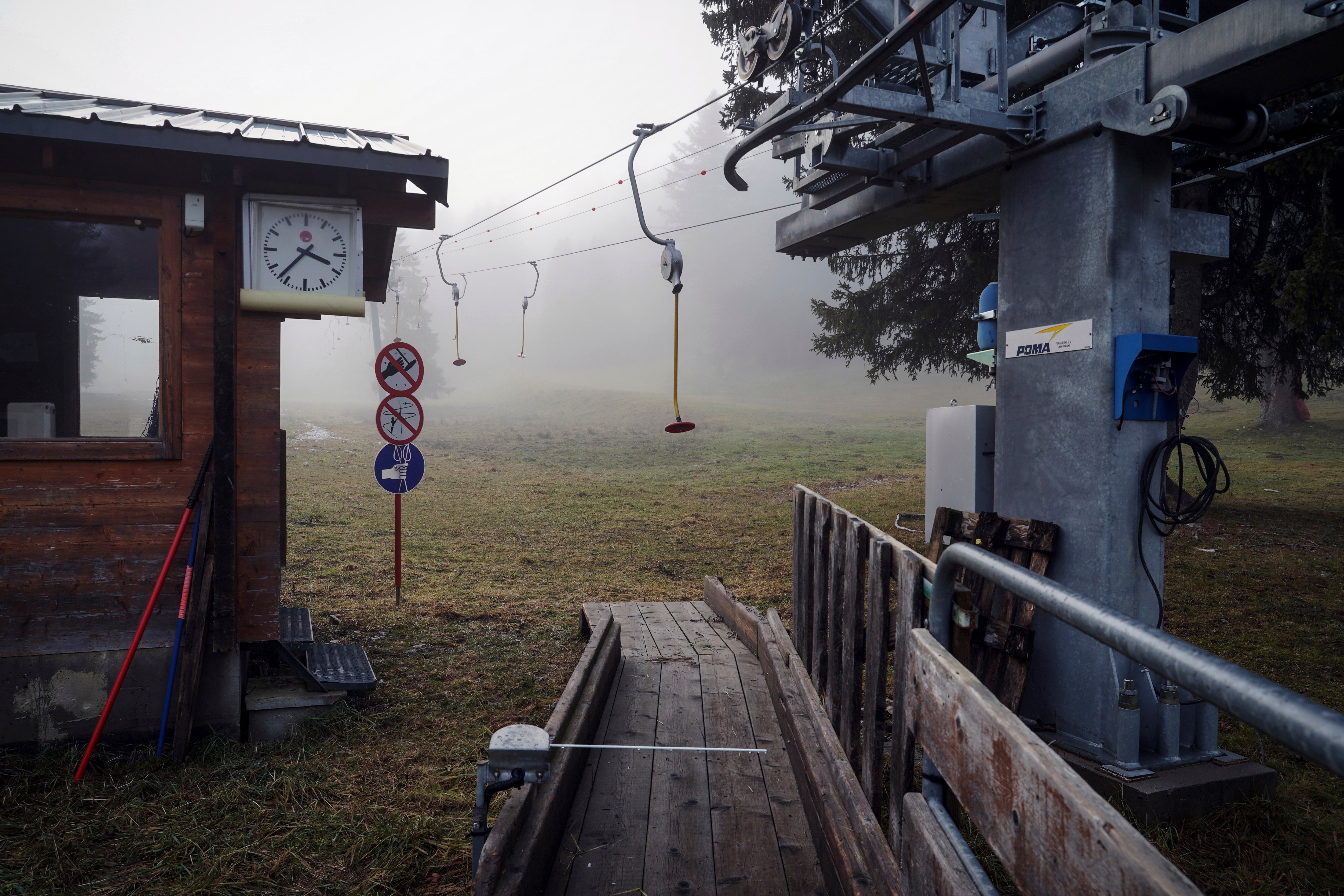
Around half of the 7,500 ski slopes in France are currently closed thanks to the weather, a representative from the organisation that represents French ski resorts told CNN Travel. In December, only one-quarter of ski runs in the Pyrenees range, which sits on the border of France and Spain, were open, CNN reported. In the French Alps and the Pyrenees, the warm temperatures combined with regular rain since mid-December have forced organisers to cancel, postpone, or reorganise several winter sports events, including dog sled races, sport car races, and skiing events.
Some Shut Down for Good
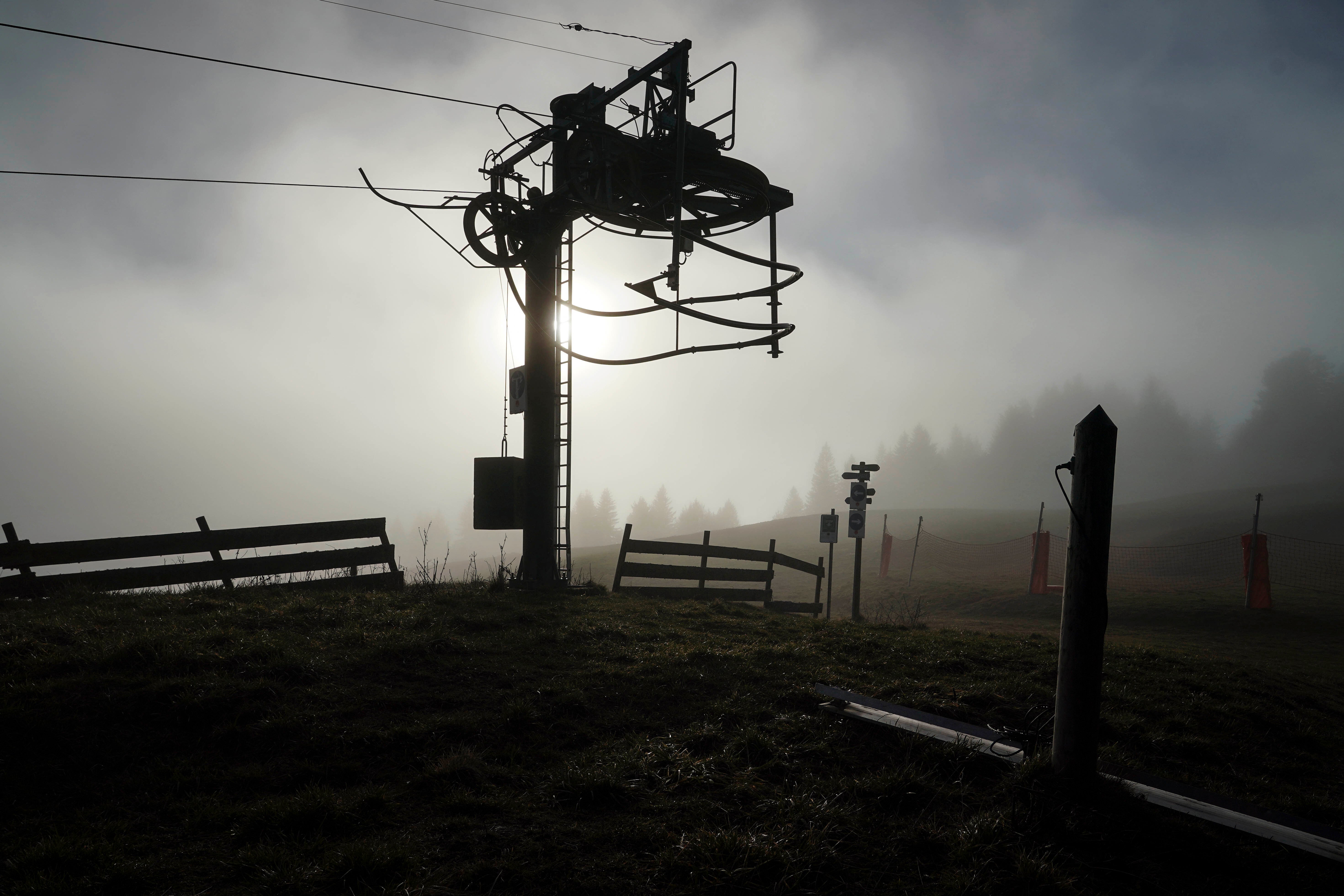
Some areas have even seen the industry shut down for good: In November of last year, the village of Saint-Firmin in the French Alps demolished its ski lift because there hadn’t been enough snow for it to run for 15 years.
“Global warming happened, and that’s what changed our view of this site,” resident Didier Beauzon told CNN.
Higher Altitudes Protect Some Slopes
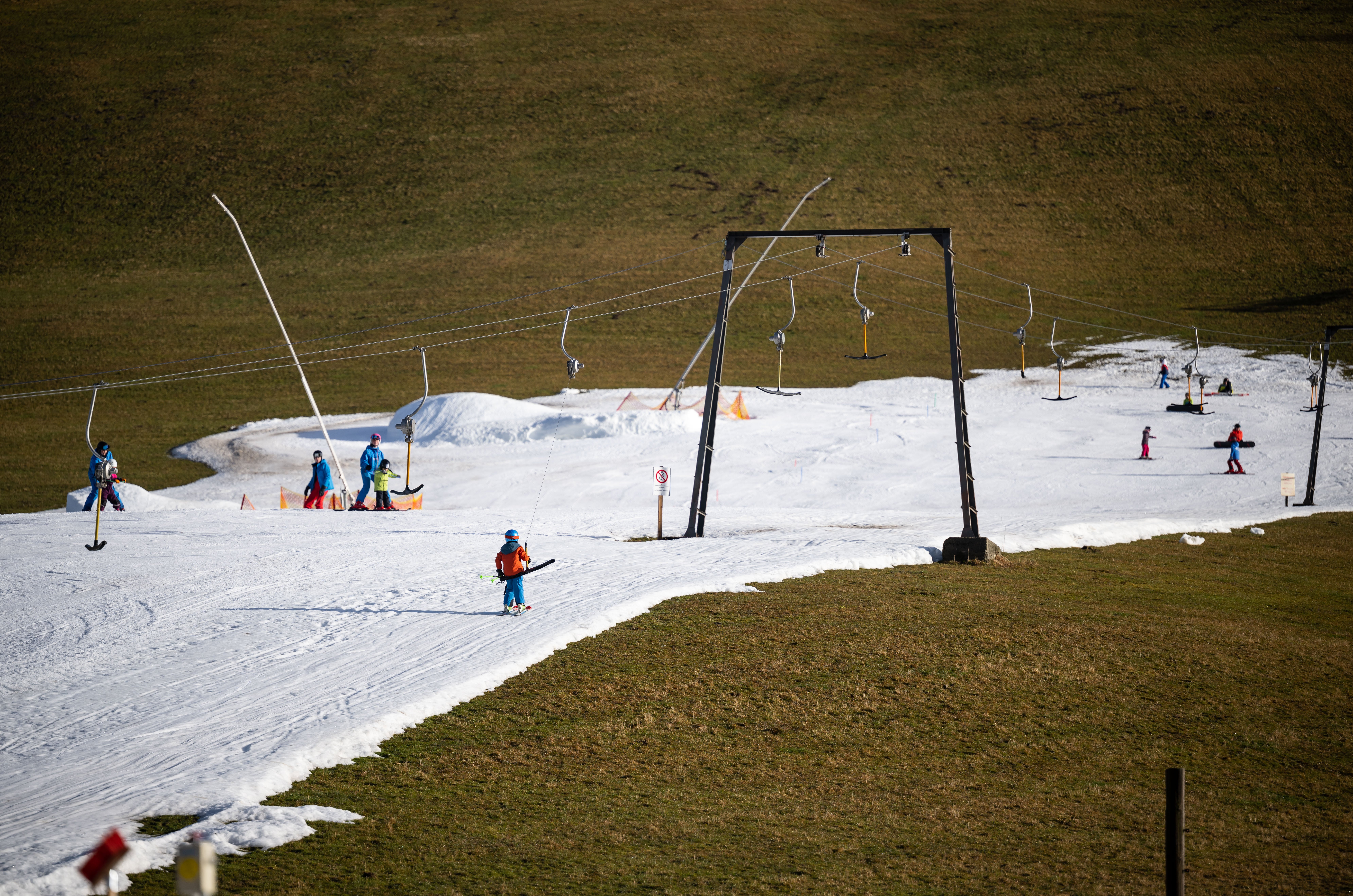
Many of the areas that have been impacted are at lower altitudes; several ski areas at higher altitudes in the Alps and Pyrenees are still open for business. The French resort Val Thorens, which sits at more than 2,500 metres above sea level, for instance, is still open and covered with snow.
But the toasty temperatures, combined with other impacts, like rain and wind, have even forced some of the higher-altitude ski areas to close. In Switzerland, the Splügen resort, which sits at an altitude of more than 1,500 metres above sea level, has had to close all its runs until further notice thanks to “lack of snow, heavy rainfall and high temperatures.”
Artificial Snow Not a Silver Bullet
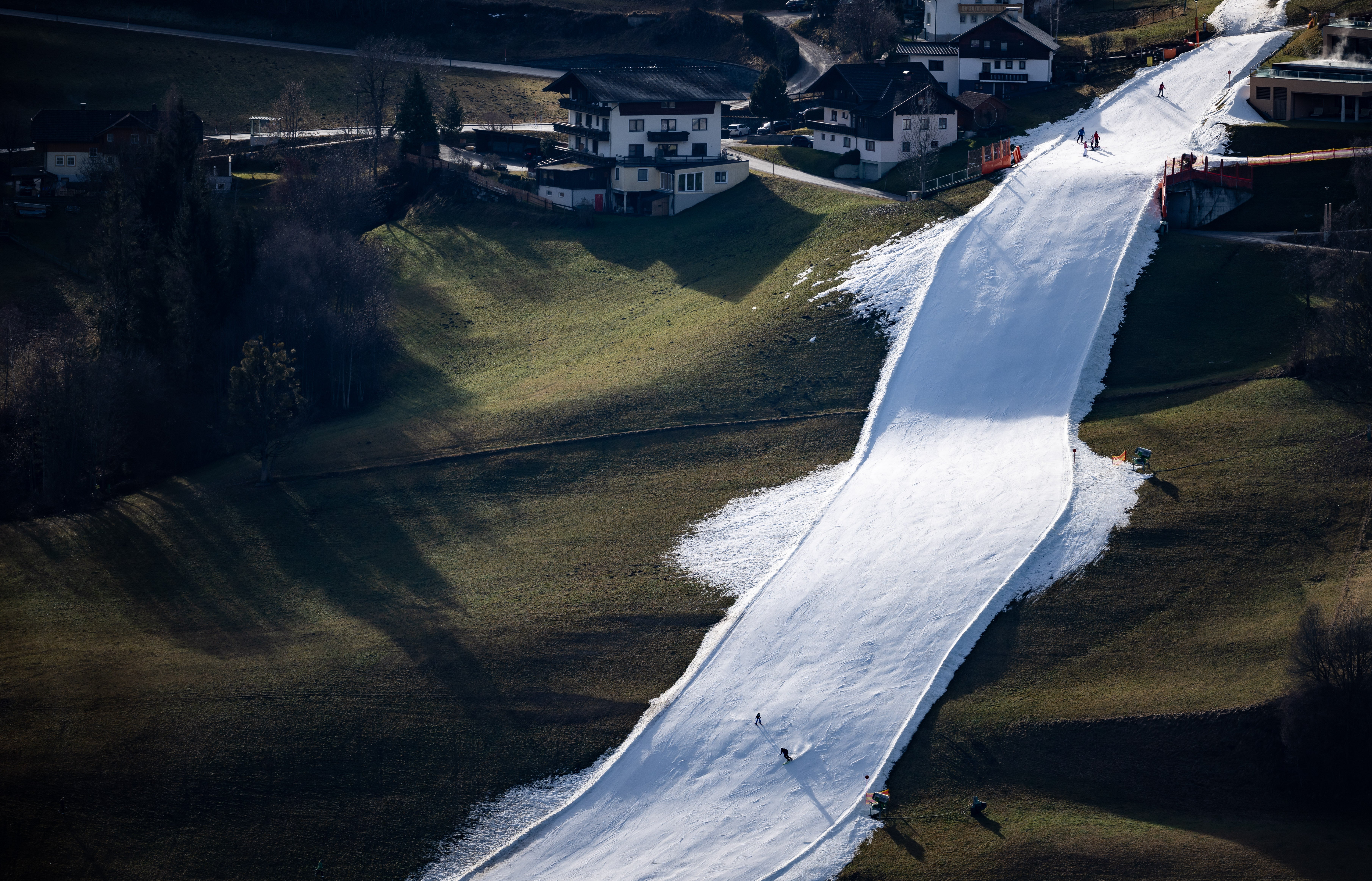
And while fake snow can help maintain some snowless areas for skiers, that process comes with a mountain of ecological and monetary costs. One study estimated that snowmaking could increase resorts’ water consumption by around 80% toward the end of the century.
Heat Waves Occurring Far More Often
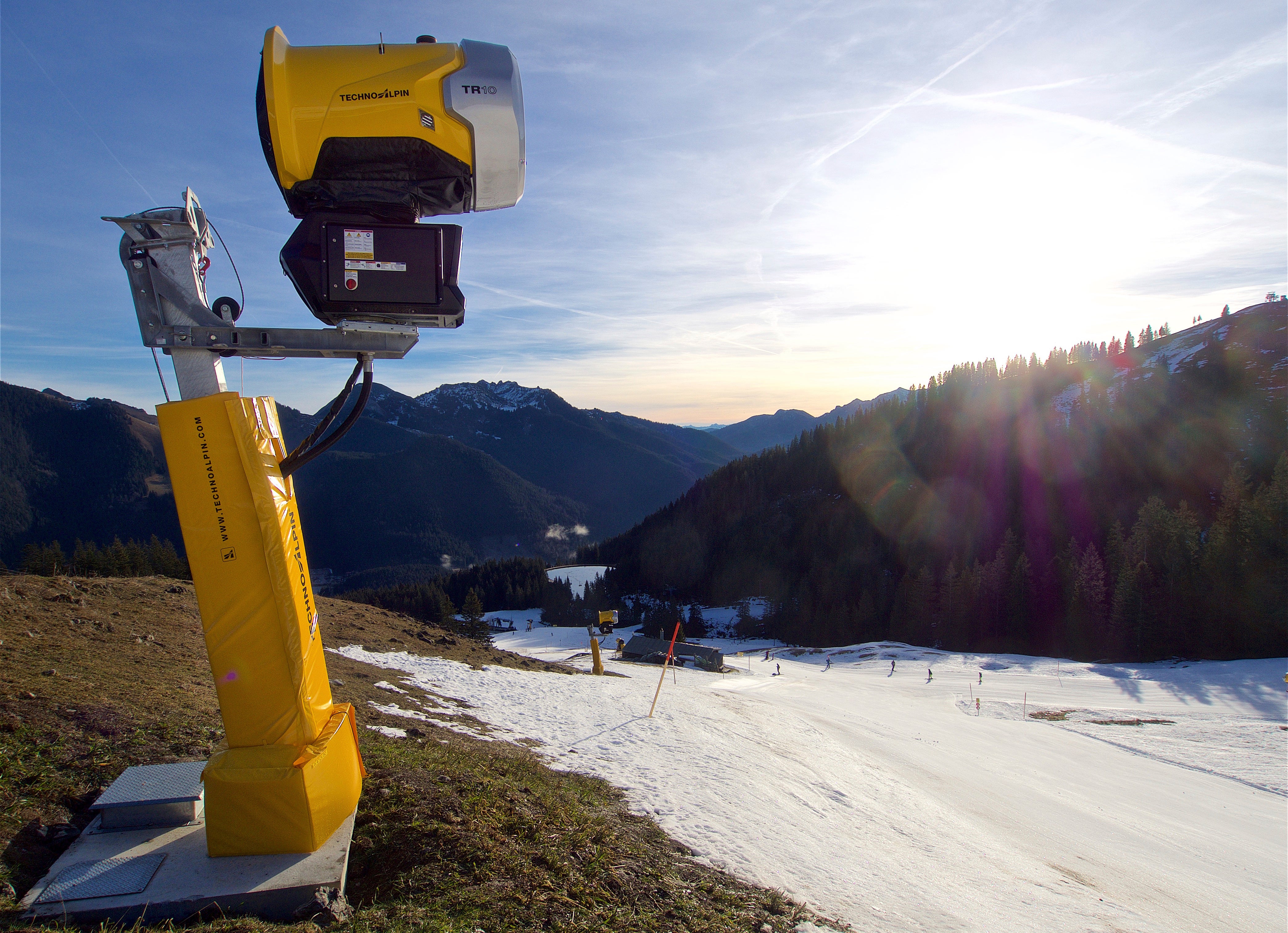
In its blockbuster report released in summer 2021, the Intergovernmental Panel on Climate Change found that heat waves that would have previously occurred once every five decades are now occurring around five times more often. If the world passes the targets of the Paris Agreement and reaches 2 degrees Celsius of warming or more, extreme heat waves could occur 14 times more often by the end of the century.
Climate Change Making Weather ‘Volatile’
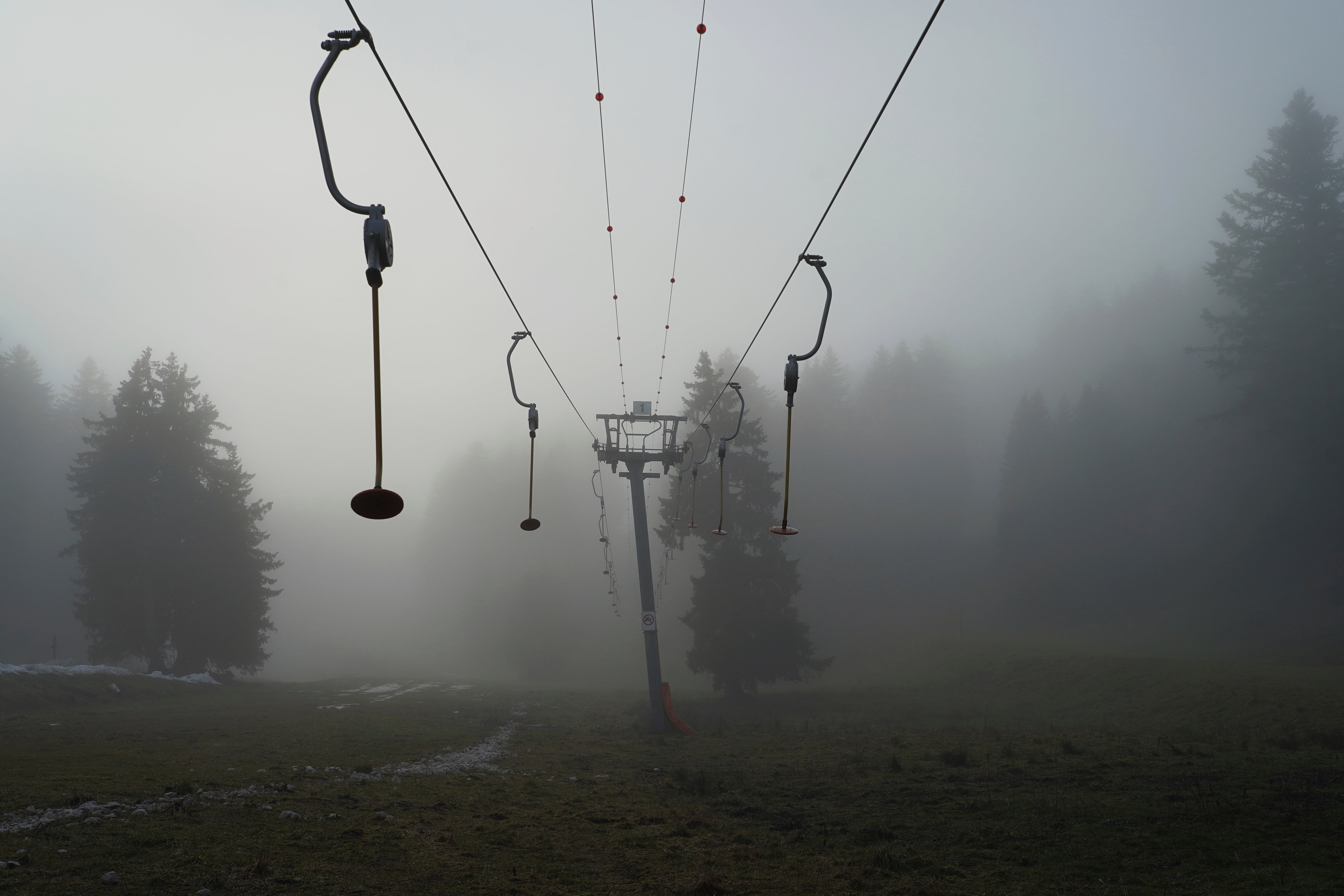
Fraser Wilkin, an Alpine weather expert, told CNN Travel that the area that has been negatively impacted by the lack of snow is still “relatively small,” and that skiing is still open across Europe. Still, Wilkin said, the conditions in the mountains are increasingly “volatile” with climate change.
Skiiers Will Need to Go Higher

“There’ll be skiing for a long time yet,” Wilkin told CNN. “But we will see our resorts under more and more pressure. And we will see more people need to go higher, and that will drive up prices.”
